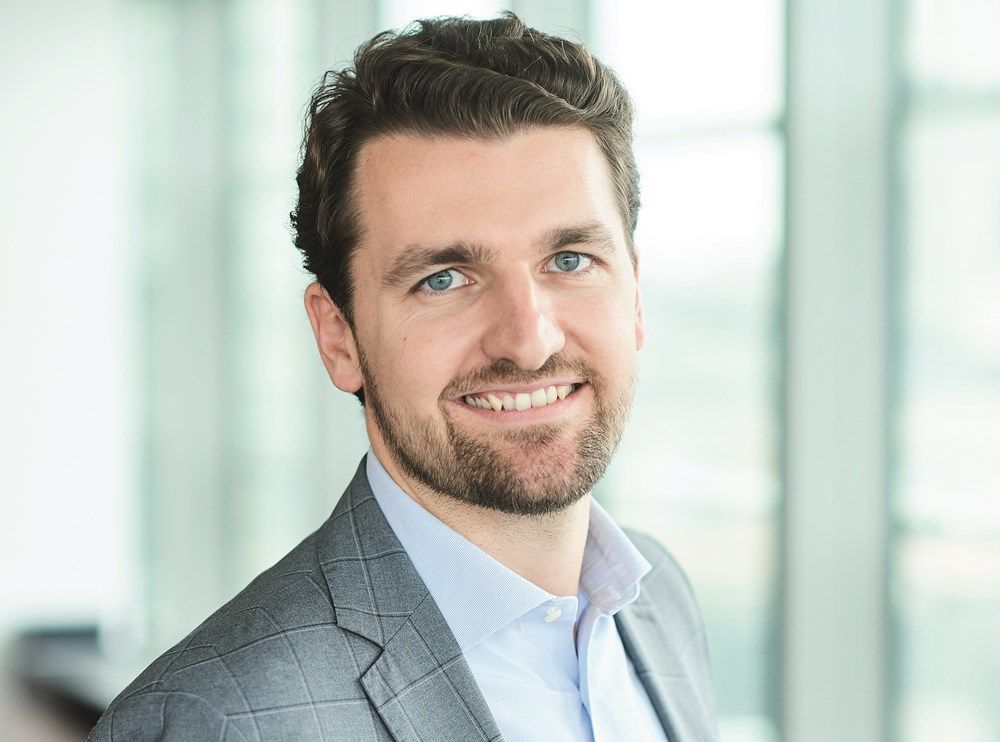The Polish population is projected to fall to around 30.9 mln by 2050 from the current level of 38 mln. With this the median age (at which there are just as many people who are younger as those who are older) is set to climb to 51 – only 14 years from the current retirement age. So unsurprisingly, many of the recent political battles (and probably numerous battles to come) over the retirement age have been motivated by the need to find a way to care for a rapidly ageing population. Meanwhile, as the number of retirees is projected to rise, the working population is also set to fall. Poland is not alone when it comes to these problems, since these are challenges that beset all EU countries. But as the old business mantra goes: with every new challenge also comes new opportunities...
One such evident opportunity would be to provide care homes and assisted living for the elderly. This market seems to bear some semblance to the student housing and PRS markets that are the current al































































